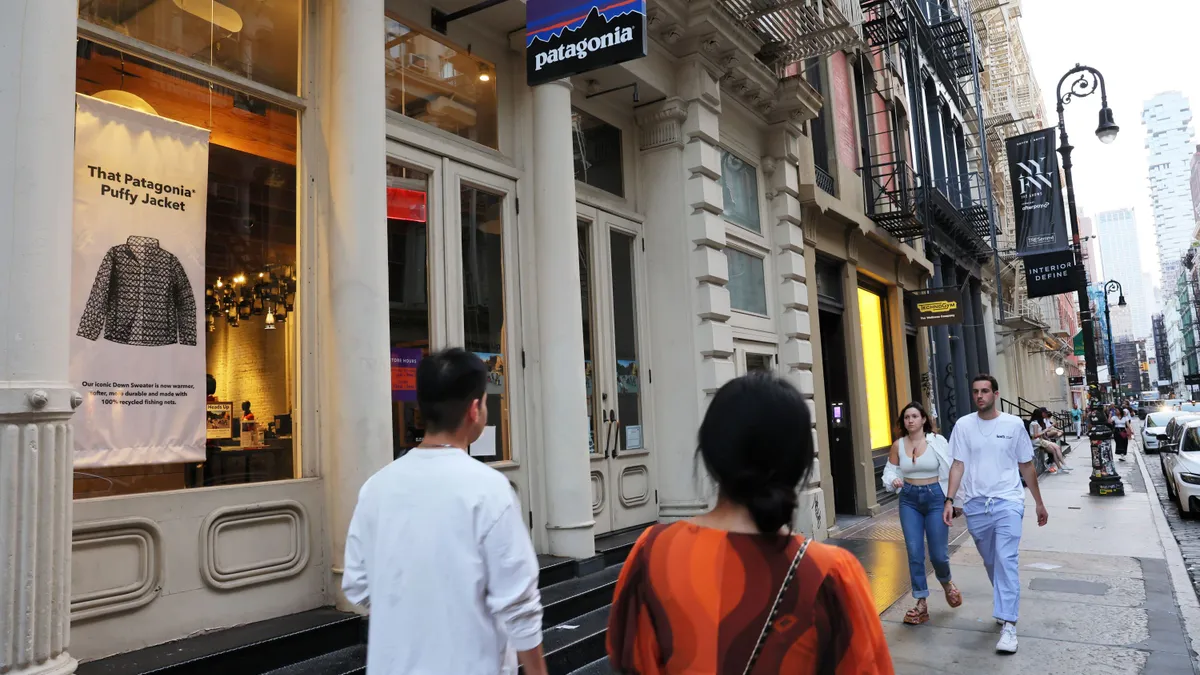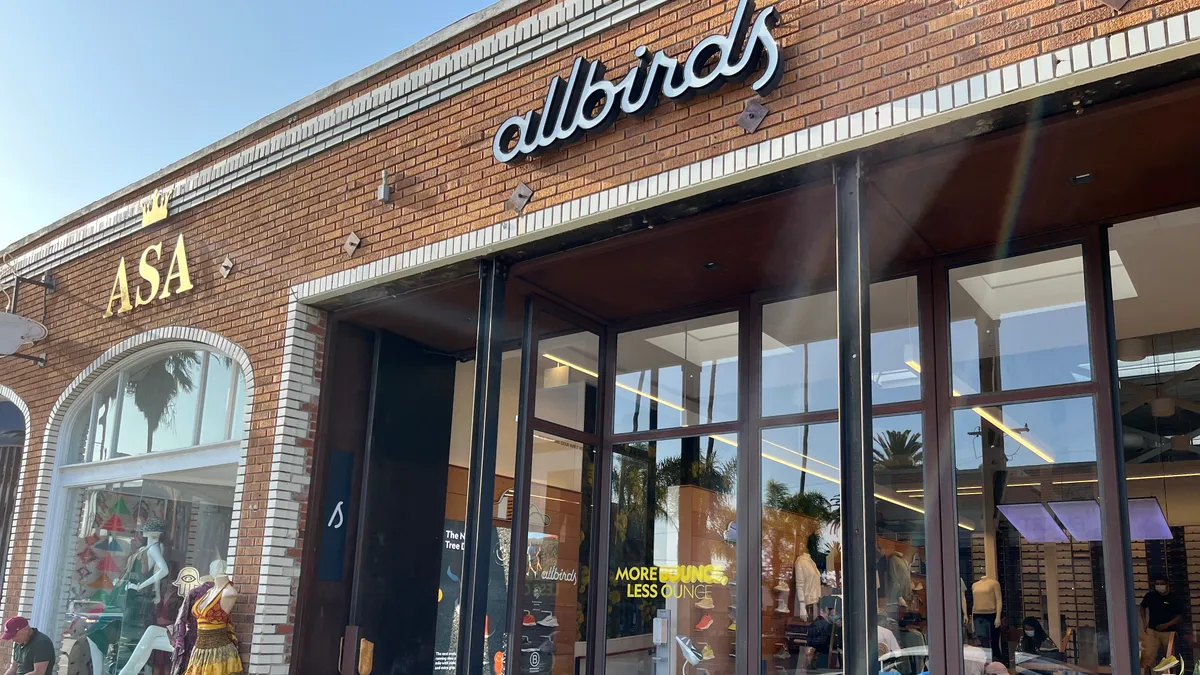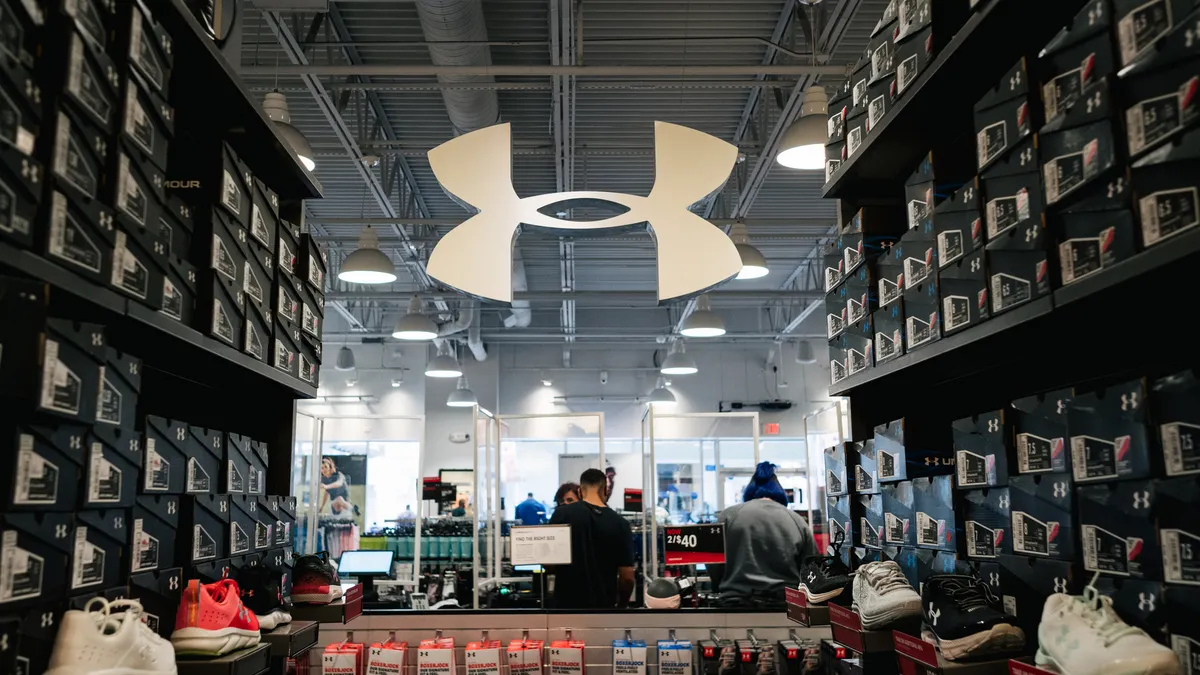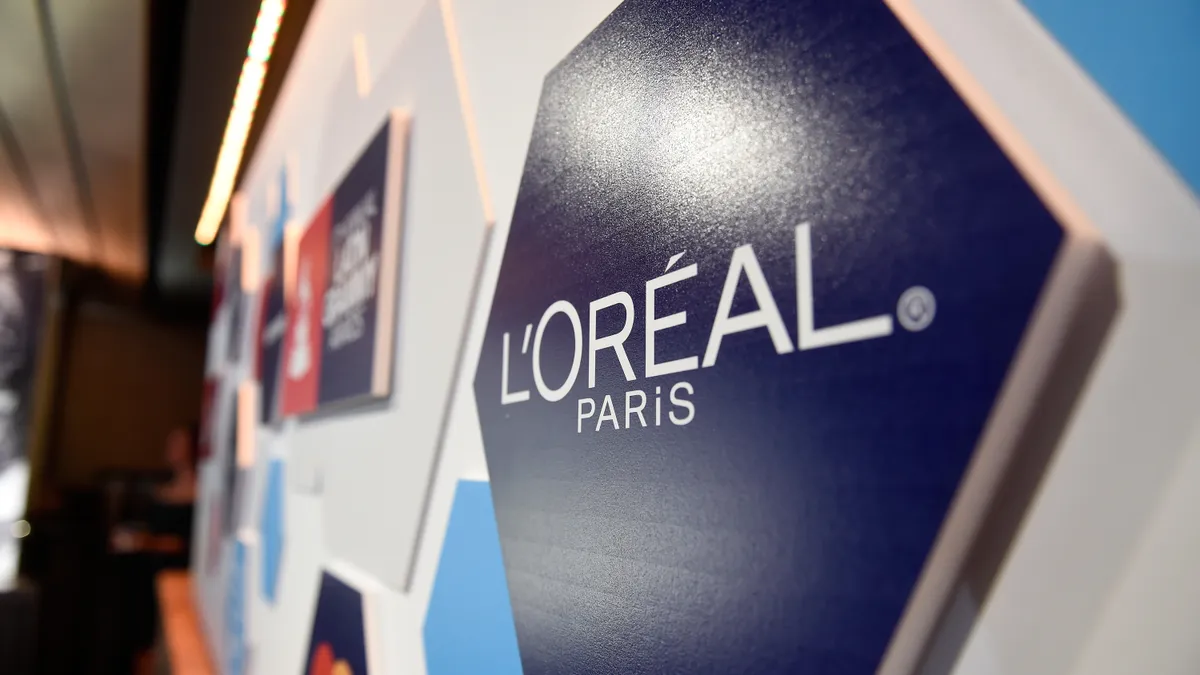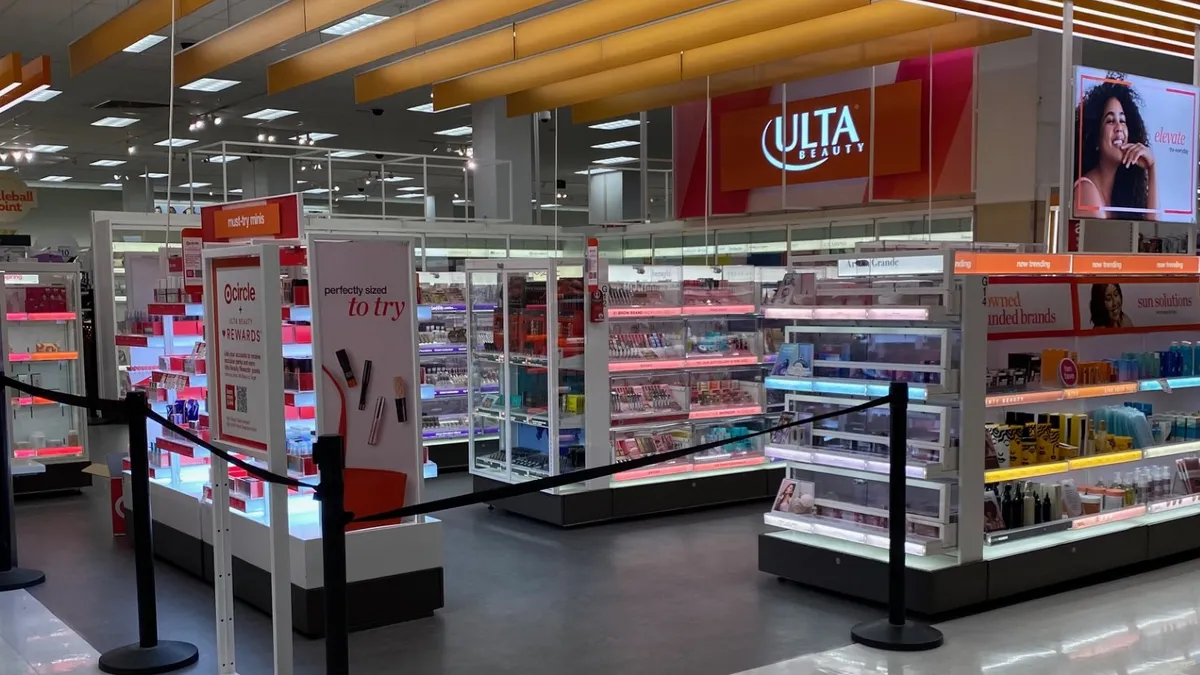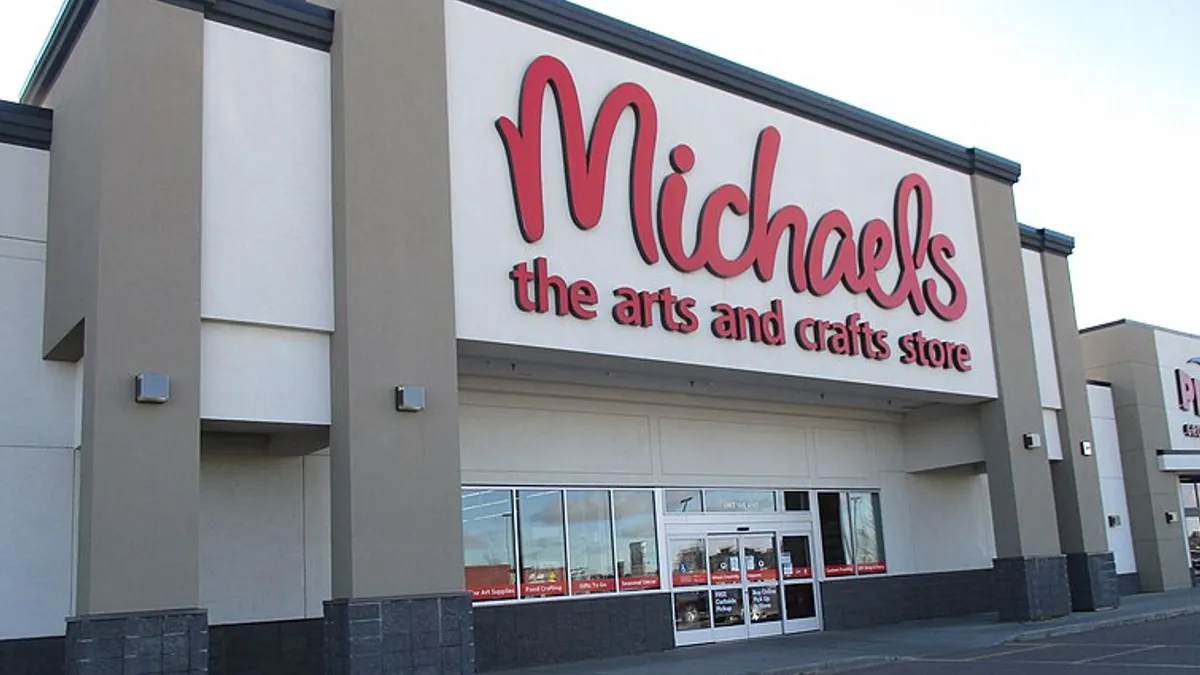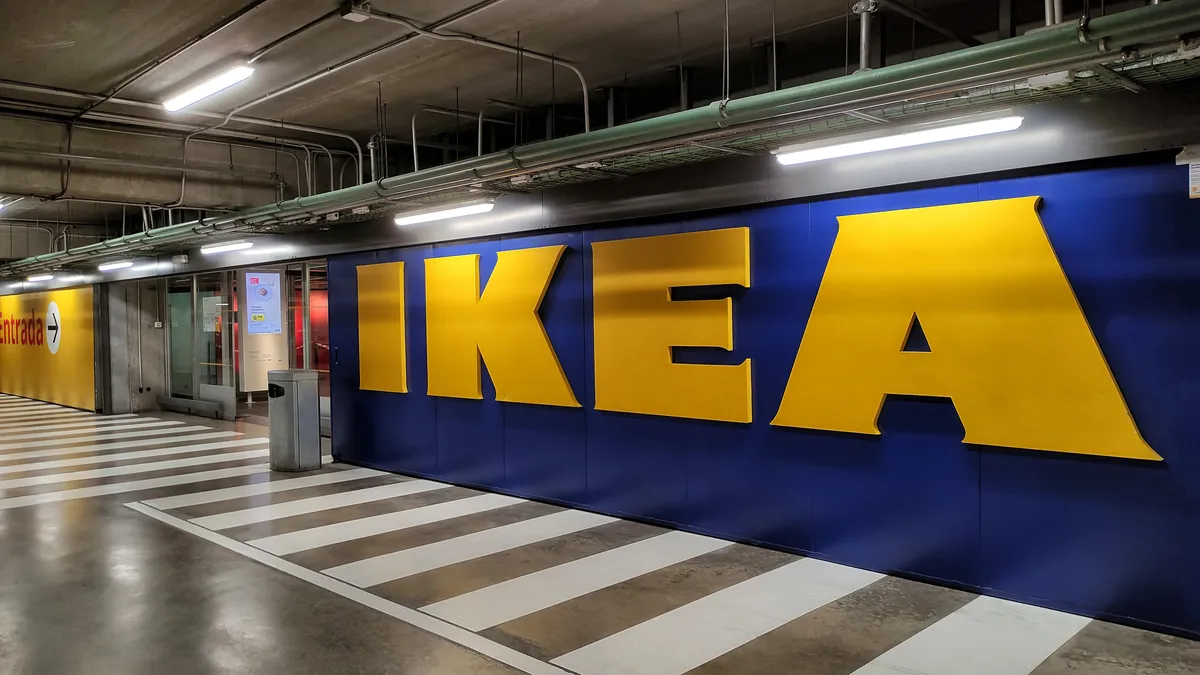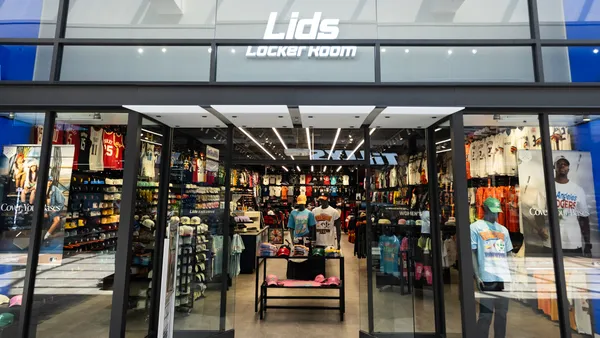Most retailers want customers to buy more when their clothing tears. Not Patagonia.
“Any product made for hardcore sports use is going to get damaged. It’s going to get beat up,” said J.J. Huggins, a Patagonia spokesperson.
Patagonia encourages customers to repair their existing apparel rather than replace it. Upon request, its customer service department will send customers free patch kits to permanently repair small holes or tears.
Staff members at company-owned stores are trained to make minor repairs, help customers make their own repairs or connect customers with the company's repair team in Reno, Nevada. The company also maintains a self-service library of repair and DIY tutorials on its website to help customers learn whether self-repair is a viable option.
Patagonia’s repair program is just one example of how the outdoor apparel brand has aligned its customer experience with its core values.
The brand’s commitment to environmental and social sustainability, transparency and focus on building community ensures customers return and advocate for the brand, experts say.
Patagonia’s repair program embodies the brand’s ethos and encourages customers to use and reuse the company’s products, said Clara Redwood, global repair experience manager at Patagonia.
“It's one of the coolest things we do,” Redwood said. “I love that we encourage home and in-the-field repairs. Do what you need to do to keep it in use. Slap some electrical tape on that hole. Sew it up with dental floss. Whatever you need to do to use and wear it, it's not going to void the warranty.”
Keeping its promises
While many companies use misleading marketing practices to convince customers their products are more environmentally friendly than they are, Patagonia has delivered on its sustainability promises, experts said.
Patagonia has “differentiated itself from the pack” by avoiding “marketing sizzle” and greenwashing, said Jeff Mango, KPMG's U.S. customer experience and engagement leader.
The firm ranked third in KPMG’s 2024-2025 U.S. customer experience excellence survey, rising 16 places year over year.
“The company’s purpose-driven stance on sustainability resonates with a growing number of consumers who prioritize ethical consumption,” the report says. Patagonia’s commitment to the environment and transparent communication fosters an emotional bond with customers to drive loyalty and advocacy.
“They’re one of the few brands that do what they say they’re going to do,” said Christopher Bresnahan, associate professor of clinical management and organization and director of the Hayes Barnard Sustainability Fellowship at the University of Southern California’s Marshall School of Business.
Since 1985, the Ventura, California-based company has donated 1% of its sales to environmental preservation and restoration, awarding more than $140 million in cash and in-kind donations to grassroots environmental groups worldwide.
Patagonia Action Works connects customers with organizations working on environmental issues in their community, including events, petition drives, and volunteering or donation opportunities. In fiscal year 2024, the company paid for nearly 12,000 hours of skill-based volunteering, valued at $2.2 million, according to its latest annual benefit corporation report.
Patagonia also became California's first certified B Corporation in 2012. Rather than focusing exclusively on shareholder interests, the company has an explicit social and environmental mission. It’s also legally required to account for the interests of workers, the community and the environment, which helps ensure the company lives up to its promises.
Despite being legally held to its promises, living by its values has translated to the bottom line, with Patagonia experiencing a fourfold revenue increase year over year, according to the KPMG report.
Reduce, reuse, repair, recycle
The company has several programs to help meet its environmental and social goals.
Patagonia encourages its customers to limit waste by producing high-quality clothing that lasts for years. Its warranty program, the Ironclad Guarantee, allows customers to return new and sale items anytime.
The company provides personalized product recommendations on its website that are consistent with its environmental goals, which isn’t true of other retailers, Mango said.
The brand allows customers to trade in and buy used gear through its Worn Wear program, reducing the demand for new clothing and curbing the use of landfills and trash incinerators.
The repair program has helped Patagonia build trust with its customers, too.
“Our customers come back for repairs. The repair service really instills a sense of trust in the customer base,” Redwood said. “We back up the things that we make, and the items are of a quality that allows them to be repaired, which I think is huge.”
Patagonia uses information from its repair program to identify design and production issues. The repairs team often shares information with Patagonia’s product designers to help the company improve its products.
“If they consistently see the same thing going wrong with a product, they can tell if that's a design flaw or basic wear and tear that's unavoidable,” Huggins said. “For example, many years ago, the handles on our wheeled luggage would get bent over time, and we were able to correct that.”
Is Patagonia’s repair program replicable?
The program has been so successful that other apparel brands have contacted Patagonia to learn more about it.
“We want other brands to do repairs. What would the point be if we were the only folks doing it?” Redwood said. “If we get a call from someone at another gear company, and they ask us a question about how we do repairs or how the process works, we’re going to answer that question.”
However, Bresnahan and Redwood said that due to differences in market share, customer base, product requirements and other issues, competitors may find it challenging to replicate Patagonia’s success in material use, sourcing and repair.
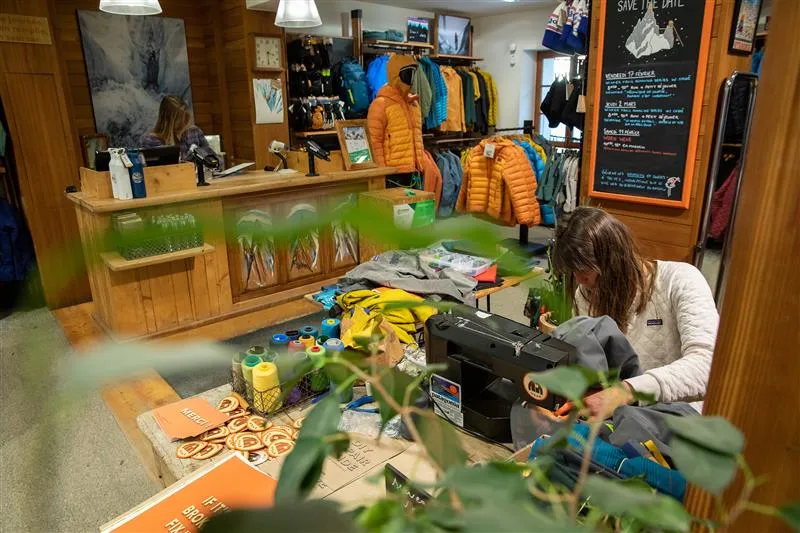
The companies that do sustainability well tend to make it part of their mission from the beginning, Bresnahan said.
“Startups get to start from scratch,” Bresnahan said. Whereas an older brand like Columbia “has to move a lot of stuff around to become more sustainable.”
The secret to Patagonia’s customer experience success, however, has more to do with the company’s ethos than any particular policy or program, according to Redwood.
“We treat both the customer and the product with respect, together,” Redwood said.


